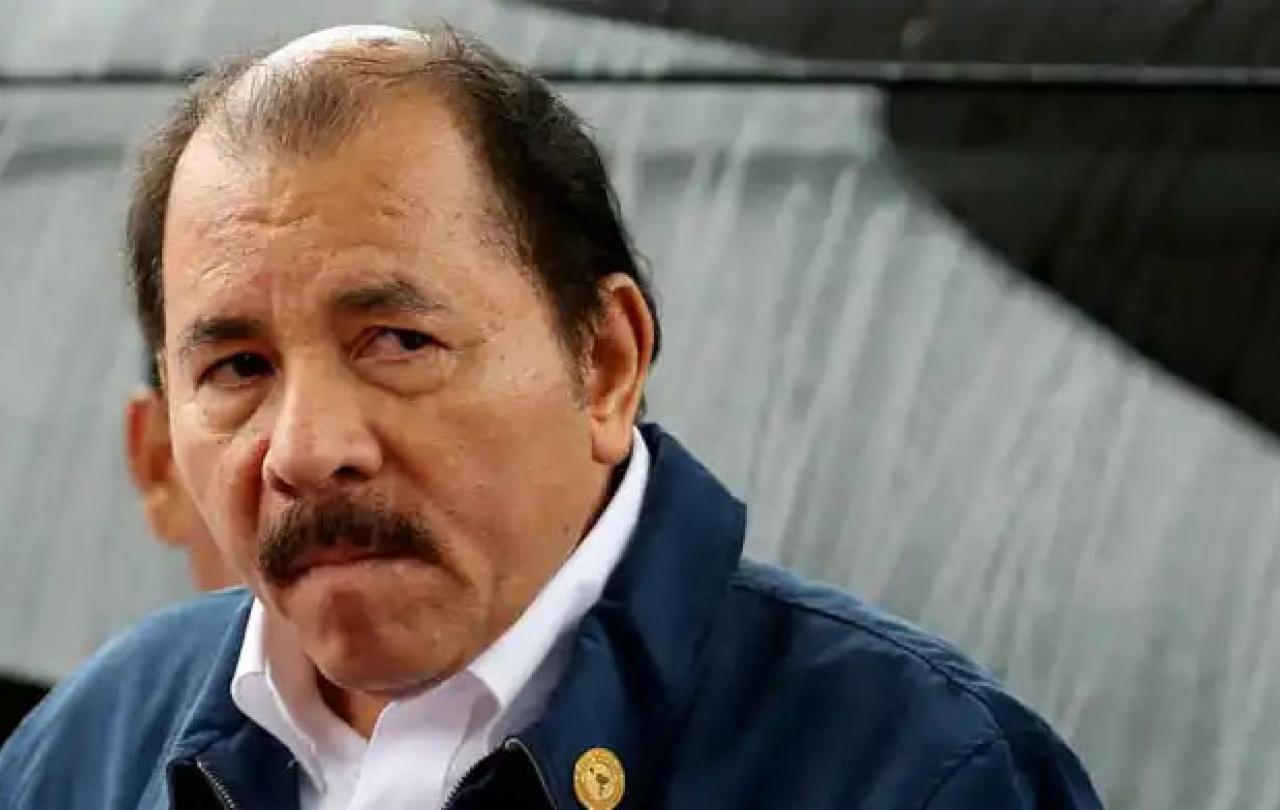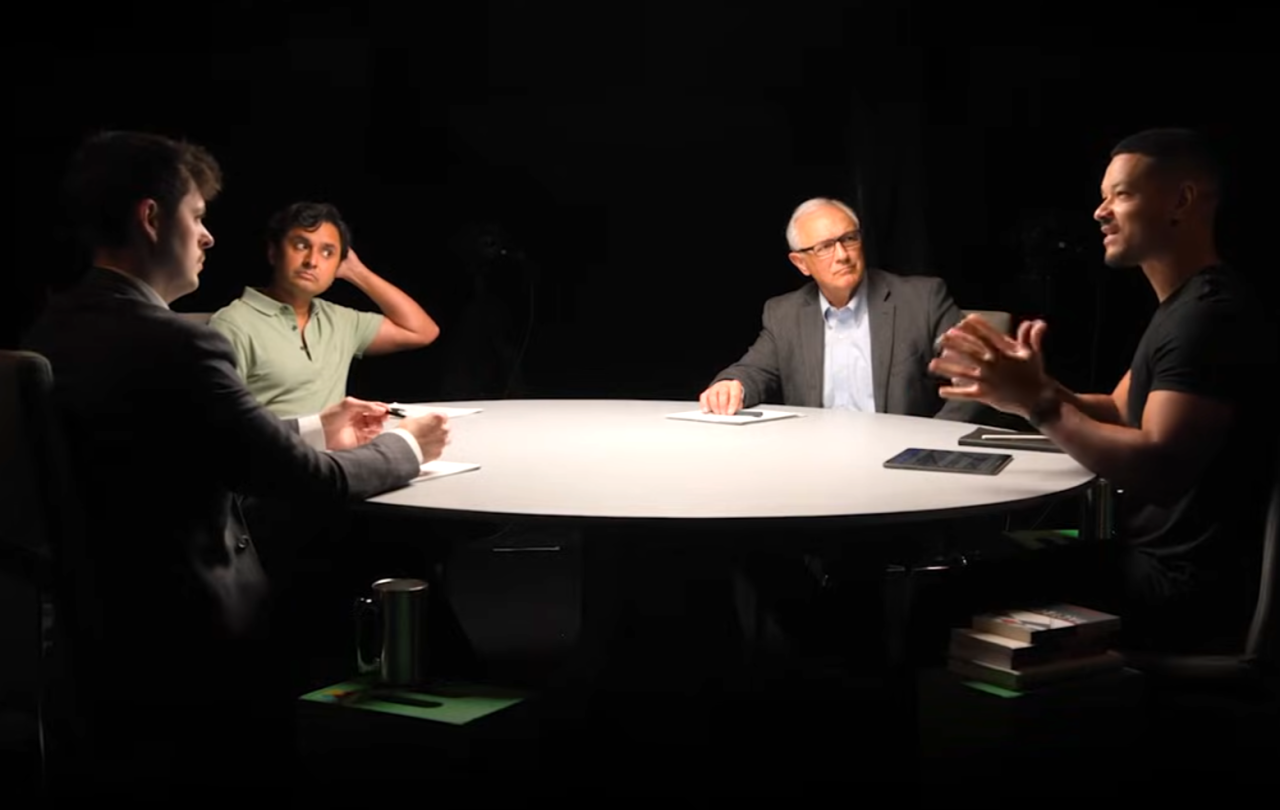
Nicaragua is the largest country in Central America with a varied and beautiful landscape; towering volcanoes, unique freshwater habitats - Lake Nicaragua is the region’s largest lake - and spectacular marine environments. It has huge potential for development according to the World Bank. But despite this, not only does Nicaragua remain one of the poorest countries in the region but it is caught in the grip of an increasingly totalitarian regime that, according to a recent all-party “Nicaragua Inquiry Report” by UK Parliamentarians, is taking consistent steps to silence democracy and close civic space. This includes human rights violations against religious leaders, particularly within the Catholic Church, as well attacks against political opposition, journalists, scholars and human rights defenders.
The Ortega dynasty
President Daniel Ortego returned to power after a break of seventeen years in 2006. Historically a Marxist revolutionary, on his return as President, Ortega threw out his left-wing ideals for more achievable policies. However, in 2012, his politics took a disconcertingly authoritarian turn when he pressured the Nicaraguan Supreme Court to authorise his bid for a second presidential term. And more recently, the Nicaraguan Government, which includes Ortego’s wife, Vice President Rosario Murillo, and several of their nine children in prominent positions, has escalated its campaign of persecution against Christians and the Catholic Church.
The harassment started in 2018 with a wave of protests across Nicaragua. University students and others took to the streets to demonstrate against the Government’s proposed social security reforms set to increase pressure on workers whilst providing fewer benefits. Ortega, seeing these protests as a threat, responded with violence using pro-government militia and security forces. According to the United States Commission on International Religious Freedom (USCIRF), 355 people were killed and approximately 2,000 injured making it the deadliest and most violent protest since the Nicaraguan revolution in 1979. Following these protests, the Ortega regime then escalated its human rights violations raising concerns internationally. According to the UNHCR, since 2018, neighbouring Costa Rica has hosted over 300,000 Nicaraguans seeking asylum.
The intimidation and incarceration of clergymen under the Ortega regime in Nicaragua is particularly chilling. It sends a clear message of contempt for God’s priests.
Persecution of Christians in a Christian-majority country
The World Watch list is an annual report published by Open Doors, an NGO which supports Christians worldwide, and lists the fifty countries in which Christians face the ‘most extreme persecution’. The latest report shows Nicaragua has risen up the list, from number 50 last year to number 30 in 2024 rankings. Over 95% of the Nicaraguan population profess to be Christian, so this is perhaps a surprising development.
In 2022, according to the Nicaragua Inquiry, President Ortega was reported to have:
“ordered the arrest of, forced into exile, and verbally attacked priests and bishops, labelling them ‘criminals’ and ‘coup-plotters,’ and accusing them of inciting violence.”
Most publicly known about is the Bishop of Matagalpa, Rolando Álvarez, who was sentenced to 26 years in prison and later exiled to the Vatican and stripped of his Nicaraguan citizenship. At the end of 2023, the Government arrested and detained seventeen clergymen including Father Silvio Fonseca, an open critic of the Nicaraguan government’s intense persecution of the Catholic Church, and two Bishops who publicly offered prayers for Álvarez before they were arrested.
In Latin America, culturally there is a reverence for clergymen that differs to what we see in the West. I lived in Rio de Janeiro in Brazil for a number of years and worked with my husband (who is an ordained Anglican priest) in a favela (shantytown) routinely patrolled by armed gangs. When we first enquired about the safety of walking into the community on our own, a local resident assured us that we would be fine, saying “They will never shoot a pastor”. Perhaps that is why the intimidation and incarceration of clergymen under the Ortega regime in Nicaragua is particularly chilling. It sends a clear message of contempt for God’s priests that will strike to the very core of people of faith across the country.
Over the past year, according to the Inquiry, the Nicaraguan government has also systematically targeted and closed religious organisations that it views as opponents and banned Catholic traditions such as street processions during Holy Week. A journalist was recently sentenced to eight years in prison for reporting on an Easter procession. And perhaps most insidiously, the government has begun to routinely intimidate worshippers, with uniformed and plain clothes government agents visibly monitoring religious services to intimidate clergy and churchgoers.
Three centuries of religious persecution across the world
Religious persecution is etched firmly into the history of humanity through to the modern day. From Emperor Nero’s outlawing of Christians across the Roman Empire to the persecution of Muslims and Jews in the Crusades, to the Armenian genocide in Turkey following the First World War to attacks on the Rohingya in modern-day Myanmar.
Today religious freedom is a hallmark of a developed society, widely considered to be a basic human right. And indeed, the right to freedom of religion or belief is relevant to an array of SDGs (Sustainable Development Goals) aiming to reduce inequality and improve health, education, gender equality, access to justice and climate action. Religious inequalities and discrimination are key obstacles for progress in many of these areas.
According to UN’s Declaration of Human Rights, “Everyone has the right to freedom of thought, conscience and religion… either alone or in community with others and in public or private, to manifest his religion or belief in teaching, practice, worship and observance.”
But in spite of this global commitment, and although 123 of the 193 Member States of the United Nations have served as Council members on the UN Human Rights Council (of which Nicaragua is currently a member state), religious freedom is under threat in many parts of the world today. And it takes many different forms. Some countries in the Middle East expressly forbid all religions except Islam whilst others, such as North Korea, do not permit any religion at all. The most recent annual report of the USCIRF lists 28 countries—home to well over 50 per cent of the world’s population—with Governments actively persecuting their citizens for their religious views.
But is it about religion or is it all about power?
In Nicaragua, the Catholic Church has power in numbers and therefore an influential voice. When Christians such as Bishop Álvarez, a vocal defender of civic freedoms, began to join other civil society actors in speaking out more critically against the Government, the persecution began. Catholic clergymen have long been targeted for speaking out against authoritarian regimes in other Latin American countries. For example, Archbishop Romero y Galdamez was assassinated in 1980 in San Salvador when he appealed to the military dictatorship to stop the brutal repression of the people.
But arguably, the Ortega regime’s crackdown on Christians isn’t only because of its fears of the Catholic Church’s power and influence in Nicaragua.
Having the capacity and choice to believe in God - to have faith - is a profound and powerful characteristic of being human. For Christians, faith in God and Jesus Christ comes first, before any political, social, or economic order. Humans who have a real and living faith in a higher power are defined by it, both individually in how they live out their lives and collectively in how they come alongside others who share the same faith. Perhaps that is why totalitarian regimes that lay claims on the whole person and want ultimate power and control over the collective, are so intent on destroying or co-opting religion.
Thankfully the international community is on alert. Ortega is being called out for his regime’s spiralling human rights record and persecution of Christians. But there is no room for apathy. In the book of Proverbs in the Bible, it says “Speak up for those who cannot speak for themselves… Defend the rights of the poor and those in need.”
As the words of the poem, First They Came by Pastor Martin Niemöller presented at the start of the Nicaragua Inquiry Report movingly remind us,
First, they came for the Communists
And I did not speak out
Because I was not a Communist
Then they came for the Socialists
And I did not speak out
Because I was not a Socialist
Then they came for the trade unionists
And I did not speak out
Because I was not a trade unionist
Then they came for the Jews
And I did not speak out
Because I was not a Jew
Then they came for me
And there was no one left
To speak out for me





